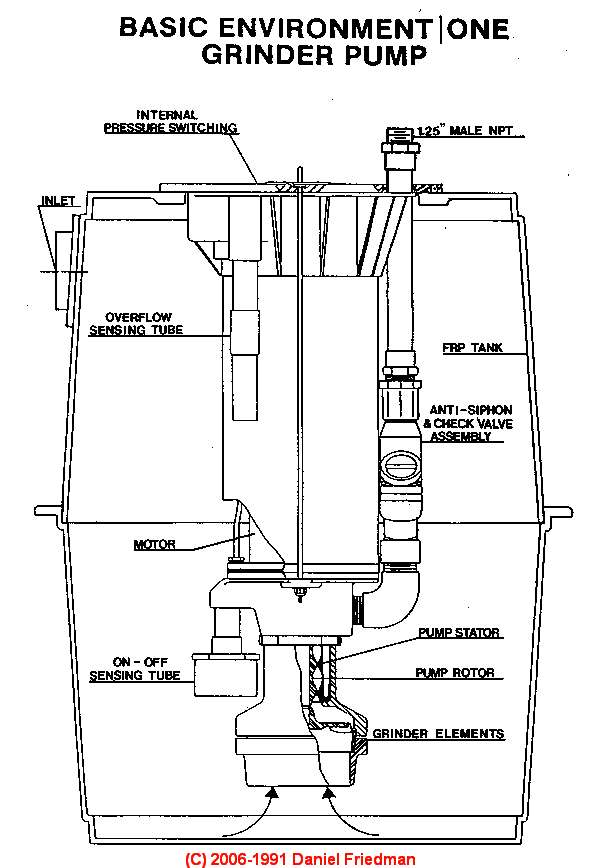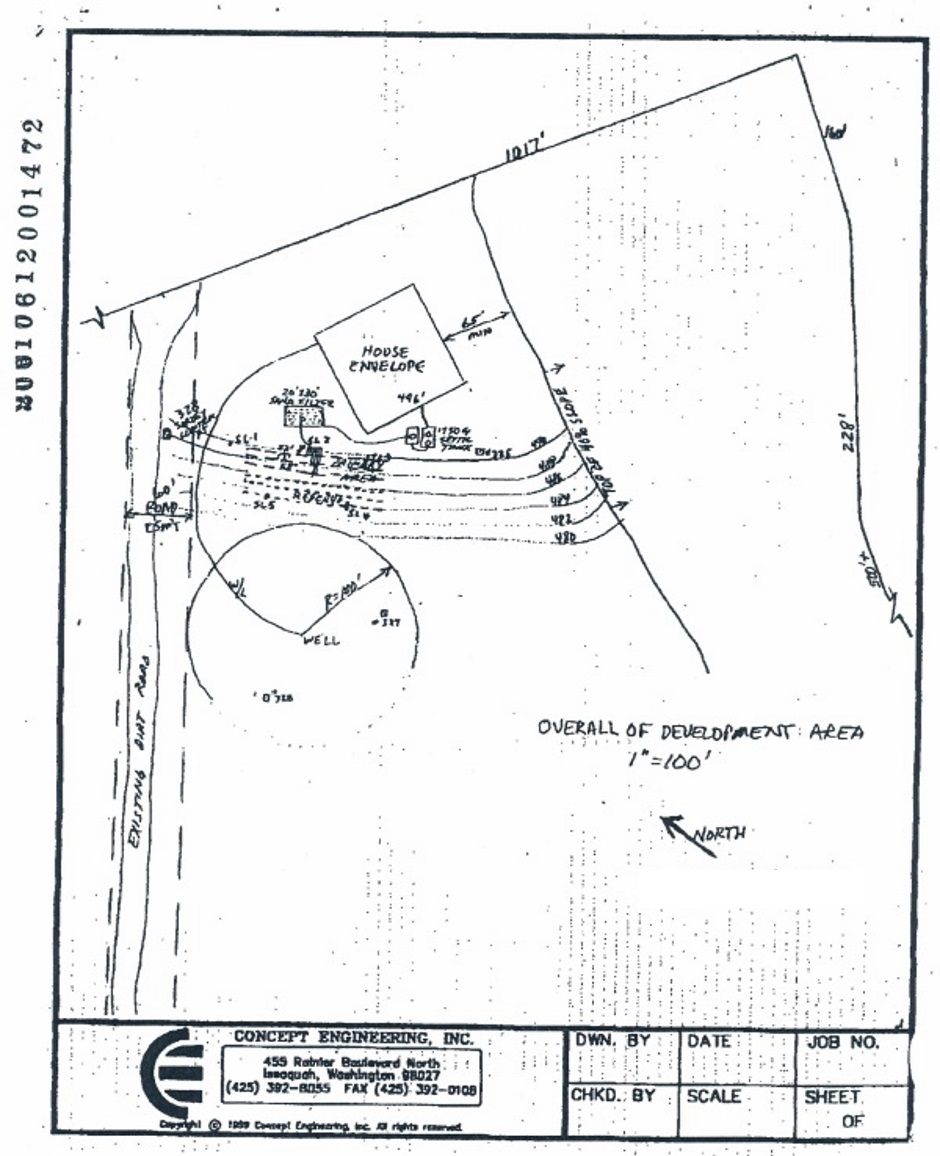

Also, a solute transport model served as the basis to define additional parameters for vulnerability analysis for areas severely affected by anthropogenic practices. This integrated method, named Integrated Karst Aquifer Vulnerability (IKAV), was developed after the analysis of several study cases around the world and the application of multiple intrinsic groundwater vulnerability methods in a selected study area. In this work, an integrated methodology for the evaluation of potential (intrinsic) and actual vulnerability is presented. Additionally, the theoretical model on which they are based does not consider other important parameters, such as pollutant concentration or pollutant residence time in a given section of the aquifer, solely focusing on the theoretical travel time of a pollutant particle from a release point towards a target.

However, these tools carry a high subjectivity along the multiple steps taken for the development of such maps. Groundwater vulnerability maps are important decision support tools for water resource protection against pollution and helpful in minimizing environmental damage. Results can be further discretized to establish a base and to include these parameters as part of a new integrated groundwater vulnerability approach. Well fields are also affected by pollution at variable NO 3 concentrations. Model outcomes suggest that pollutants have a short residence time, reaching the coast in the north after 3 years. This work has two main objectives: to set up a groundwater model to depict as close as possible the groundwater behavior of the Yucatan karst system, and to introduce a transport model to estimate the behavior of a pollution plume. This work aims to define important considerations regarding the behavior of nitrates (NO 3) in a real scenario, to be included in a new integrated vulnerability method. Worldwide, multiple karst vulnerability schemes have been developed and tested however, none of these consider pollutant residence time or pollutant concentration as core parameters to estimate vulnerability. To protect karst groundwater, vulnerability methodologies are widely used. In Yucatan, Mexico, groundwater is the sole source of drinking water, also acting as receptor of untreated wastewater due to the low regional coverage of sewer systems. The Onsite Sewage (Septic) Program provides educational, advisory and permitting services for owners of septic systems, septic professionals and other parties.Karst aquifers are a major source of drinking water with intrinsic features that increase the pollution risk from anthropogenic and natural impacts.

The mission of the O nsite Sewage (Septic) program is to protect public health and the environment by minimizing the threat of surface and ground water contamination from failing or improperly designed, installed or maintained onsite sewage systems. About the same number also use groundwater as their drinking water source.

Approximately 72% of Island County residents utilize an Onsite Sewage (septic) system.


 0 kommentar(er)
0 kommentar(er)
